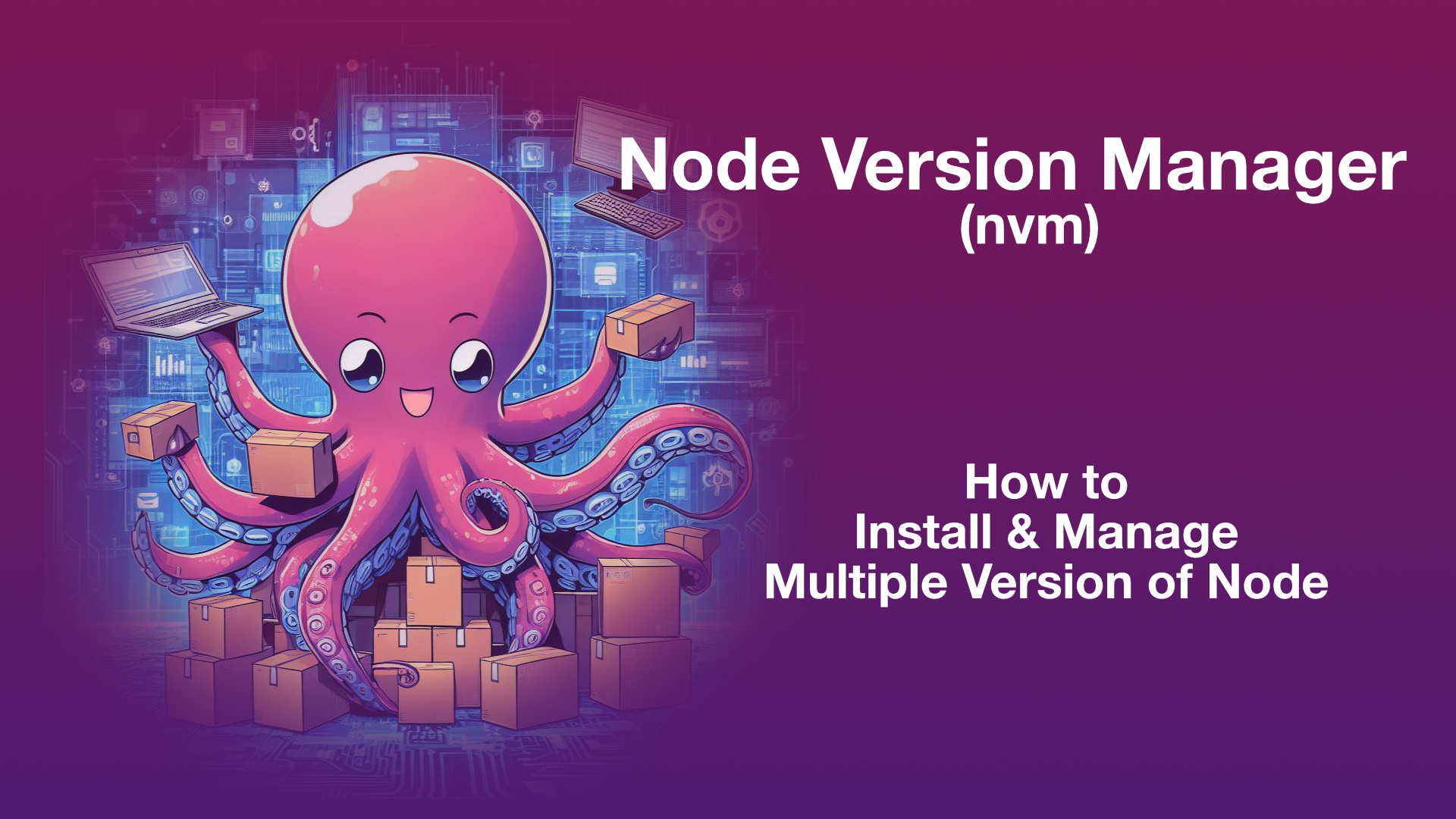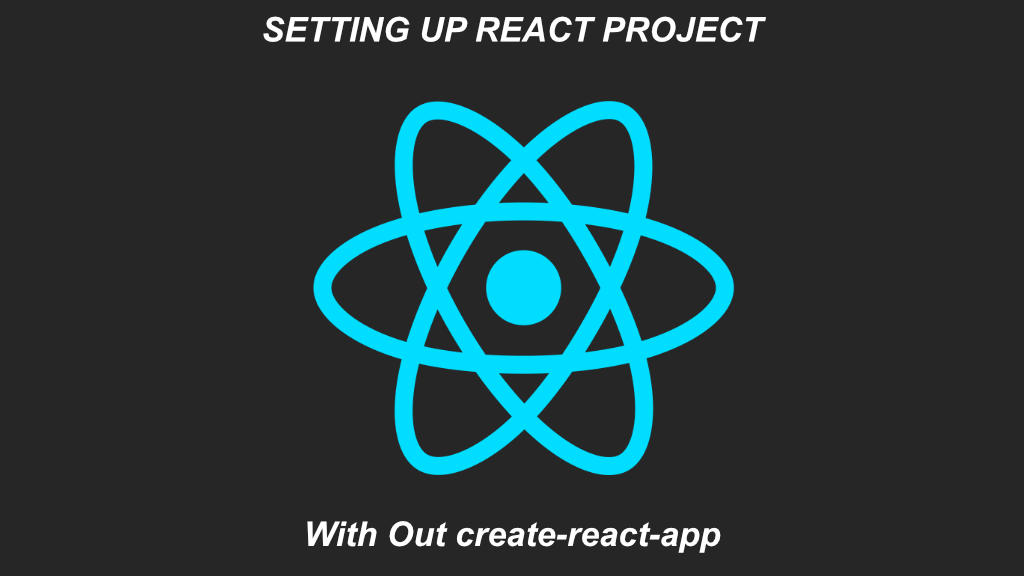Minikube is a tool that makes it easy to run and setup kubernetes cluster for development locally on laptop or desktop. Minikube runs a single node cluster inside given Virtual Machine. It is also possible to run minikube on host without VM on Linux. It’s goal is to enable fast local development and support all Kubernetes features that fit. This article walks you through installation of minikube and kubectl for kubernetes development for different platforms.
Minikube installation requires Hypervisor and corresponding driver for minikube. Minikube supports following drivers
- virtualbox
- vmwarefusion
- kvm2
- kvm
- hyperkit
- xhyve
- hyperv
- none
The derive “none” is the special one. Which works on only Linux. It is helpful if you want to run Minikube on host without VM. Especially it is helpful if minikube is configured to use inside virtual machine.
Install kubectl
The command line tool kubectl is used to manage application on Kubernetes cluster.
It is important to install kubectl which is compatible with kubernetes cluster version. Choose kubectl version that is within one minior version difference of targeted kuberntes cluster. i.e, v1.2 client should work with v1.1, v1.2 and v1.3 .
You can check kubectl version using command “kubectl version“
Install kubectl on Windows
Install kubectl using Chocolaty
choco install kubernetes-cli
Install kubectl using Scoop
scoop install kubectl
Install kubectl on macOS
Install kubectl using HomeBrew
brew install kubernetes-cli
Install kubectl using MacPorts
sudo port selfupdate
sudo port install kubectl
Install kubectl on Linux
Install kubectl using package manager
For Debian base distributions
sudo apt-get update && sudo apt-get install -y apt-transport-https curl -s https://packages.cloud.google.com/apt/doc/apt-key.gpg | sudo apt-key add - echo "deb https://apt.kubernetes.io/ kubernetes-xenial main" | sudo tee -a /etc/apt/sources.list.d/kubernetes.list sudo apt-get update sudo apt-get install -y kubectl
For Red Hat base distributions
cat </etc/yum.repos.d/kubernetes.repo [kubernetes] name=Kubernetes baseurl=https://packages.cloud.google.com/yum/repos/kubernetes-el7-x86_64 enabled=1 gpgcheck=1 repo_gpgcheck=1 gpgkey=https://packages.cloud.google.com/yum/doc/yum-key.gpg https://packages.cloud.google.com/yum/doc/rpm-package-key.gpg EOF yum install -y kubectl
Install kubectl from binaries
Current Stable version number can be found at,
https://storage.googleapis.com/kubernetes-release/release/stable.txt
Download Binaries of stable kubectl version
curl -LO https://storage.googleapis.com/kubernetes-release/release/$(curl -s https://storage.googleapis.com/kubernetes-release/release/stable.txt)/bin/linux/amd64/kubectl
If you are looking for a specific version, replace $(curl -s https://storage.googleapis.com/kubernetes-release/release/stable.txt) with version number that you want to install.
Once the file kubectl is downloaded make it executable
chmod +x ./kubectl
Move kubectl to one of executables PATH, i.e /usr/local/bin
sudo mv ./kubectl /usr/local/bin/kubectl
Configure kubectl
Starting Minikube for the first time (command minikube start) will automatically create a context called “minikube” which is configured to point kubectl to the minikube cluster.
Default configuration files that kubectl reads can be found at,
- ~/.kube/config on Linux
- %USERPROFILE%/.kube/config on Windows
Install Minikube
Prerequisites
- VT-x or AMD-v Virtualization must be enabled in BIOS
- Hypervisor
- kubectl on host
On Linux, the driver “none” (–vm-driver=none) is supported. We don’ need any kind of hypervisor but the docker (container tooling) if driver “none” is used. It is not recommended for production.
Install Minikube On Windows
Prerequisites
- Hypervisor such as VirtualBox or HyperV
- VT-x/AMD-v virtualization must be enabled in BIOS
VirtualBox is recommended. Minikube uses virtualbox driver by default on windows
Install Minikube Using Chocolatey
This is the easiest way to install Minikube on windows using Chocolatey.
choco install minikube kubernetes-cli
It is required to open power shell as administrator (run as administrator )
Install Minikube Using Windows Installer
Download the installer at minikube-installer-latest.exe and execute to install.
Install Minikube Manually
To manually install Minikube on Windows,
- Download minikube-windows-amd64
- Rename to minikube.exe
- Add minikube.exe to path
Install Specific Version
Specific version can be downloaded and installed from minikube-releases
Install Minikube On Linux
Install Minikube Using Binaries
Download Binaries and change permissions to make it executable
curl -Lo minikube https://storage.googleapis.com/minikube/releases/latest/minikube-linux-amd64
chmod +x minikube
Add Minikube executable to path
sudo cp minikube /usr/local/bin && rm minikube
Install Minikube On macOS
We can install Minikube on macOS using Hombrew
brew cask install minikube
It is also possible to install Minikube from binaries just in case specific version is required
(OR)
Download Minikube Binary, make it executable and add it to path
curl -Lo minikube https://storage.googleapis.com/minikube/releases/latest/minikube-darwin-amd64
chmod +x minikube
sudo mv minikube /usr/local/bin
kubectl Cluster Configuration for minikube
The command minikube start creates a context called “minikube” for kubectl. Minikube sets this context default on installation. This context contains the configuration to communicate with Minikube cluster.
Display kubectl configuration
kubectl config view
The command kubectl can be configured with multiple contexts to communicate with different kubernetes clusters. If you need to switch back to minikube context
kubectl config use-context minikube
Start Minikube
Starting Minikube for the first time will configure cluster and kubectl.
Start Minikube
minikube start
Above command uses the default driver of corresponding platform. We can instruct minikube to use specific driver when we start for the first time . For example, we want to use HyperV as hypervisor. Thus driver will be hyperv
minikube start --vm-driver=hyperv
Start Minikube with specific version
It is also possible to specify version of Kubernetes using command line argument
–kubernetes-version. For example to specify version 1.11.3 command would be
minikube start --kubernetes-version v1.11.3
Test Installed Minikube
To test if Minikube is installed successfully and the command line tool kubectl is pointing to installed Minikube
Check Minikube status
minikube status
minikube: Running
cluster: Running
kubectl: Correctly Configured: pointing to minikube-vm at 10.0.2.15
Check kubectl version
kubectl version
Client Version: version.Info{Major:"1", Minor:"10", GitVersion:"v1.10.2", GitCommit:"81753b10df112992bf51bbc2c2f85208aad78335", GitTreeState:"clean", BuildDate:"2018-04-27T09:22:21Z", GoVersion:"go1.9.3", Compiler:"gc", Platform:"linux/amd64"}
Server Version: version.Info{Major:"1", Minor:"10", GitVersion:"v1.10.0", GitCommit:"fc32d2f3698e36b93322a3465f63a14e9f0eaead", GitTreeState:"clean", BuildDate:"2018-03-26T16:44:10Z", GoVersion:"go1.9.3", Compiler:"gc", Platform:"linux/amd64"}
If you see both “Client Version” and “Server Version”. It means both kubectl (client) and Kubernetes (master) version are aligned and kubectl is able to communicate with k8s API Server.
Stop Cluster
minikube stop
This command shuts down the Minikube (Virtual Machine) but preserves cluster state and data. So, starting cluster again will restore the previous state and data.
Restarting cluster doesn’t require a drive parameter since minikube is already configured and previous state is stored.
Delete Cluster
minikube delete
This command is used to delete whole cluster. This command shuts down and deletes Minikube (Virtual Machine), deletes cluster state and data.
You might want to re-setup your Minikube if cluster is malfunctioning by deleting it using minikube delete .
Cleanup For Fresh Start
To cleanup installed old minikube
Delete Minikube Cluster
minikube delete
Remove Configurations
rm -rf ~/.minikube
Troubleshooting Minikube
- Check compatibility of kubernetes server and client(kubectl)
- If possible cleanup old minikube and it’s configuration if it is causing conflicts
- Make sure system is connected to internet and domain names are getting resolved
- Make sure ports that are required by minikube/kubernetes are free if driver “none” is used on Linux
- Make sure container tooling like docker is compatible and up to date
Error : crictl not found in system path
crictl is a Container Runtime Interface (CRI) CLI. Which is required by minikube. Install crictl using following commands
VERSION="v1.13.0"
wget https://github.com/kubernetes-sigs/cri-tools/releases/download/$VERSION/crictl-$VERSION-linux-amd64.tar.gz
sudo tar zxvf crictl-$VERSION-linux-amd64.tar.gz -C /usr/local/bin
rm -f crictl-$VERSION-linux-amd64.tar.gz
On Ubuntu you can get more details of a failure of ” minikube start” by using command journalctl
journalctl -r
Delete old cluster before “minikube start”. Following command could help
minikube delete && minikube start --kubernetes-version v1.11.3 --vm-driver=none --bootstrapper kubeadm
You can replace –vm-driver=none with supported driver for the hypervisor you are using. –kubernetes-version v1.11.3 is optional unless you are looking for specific Kubernetes version






Leave a Reply